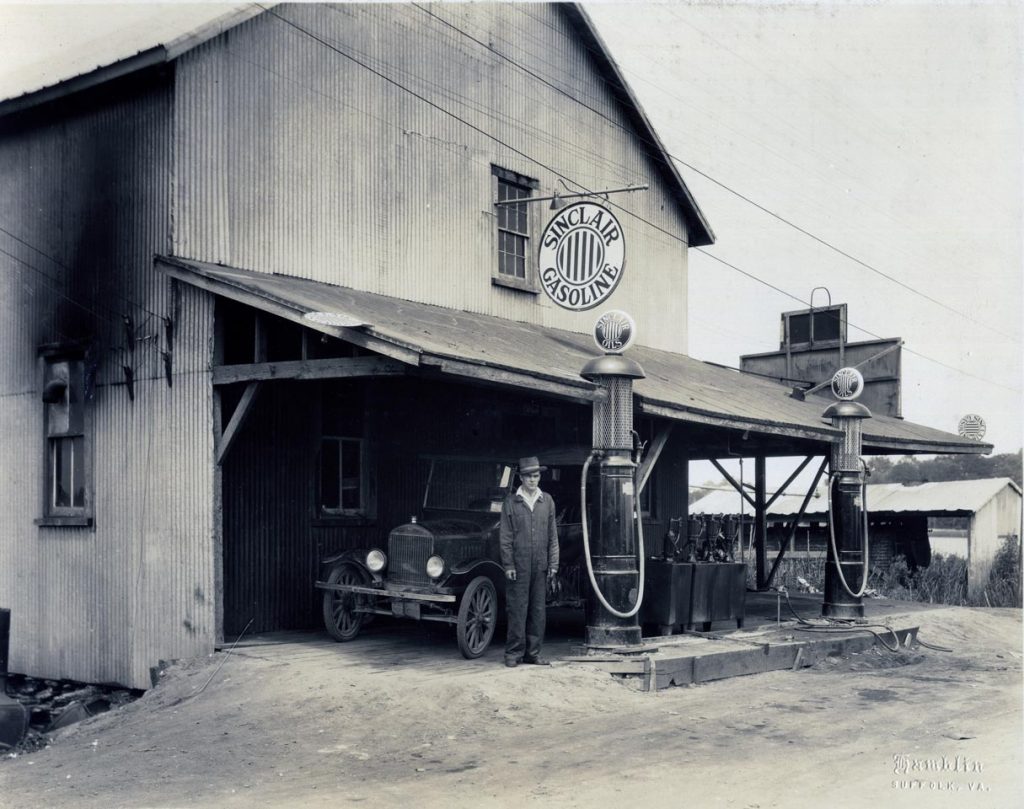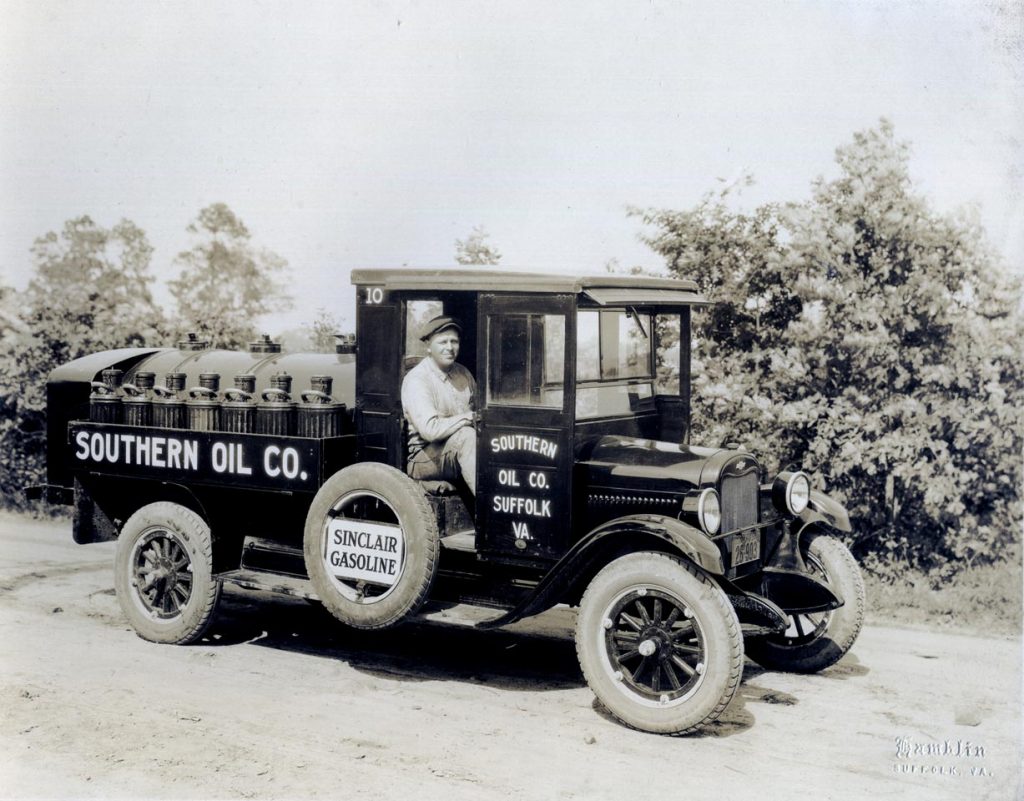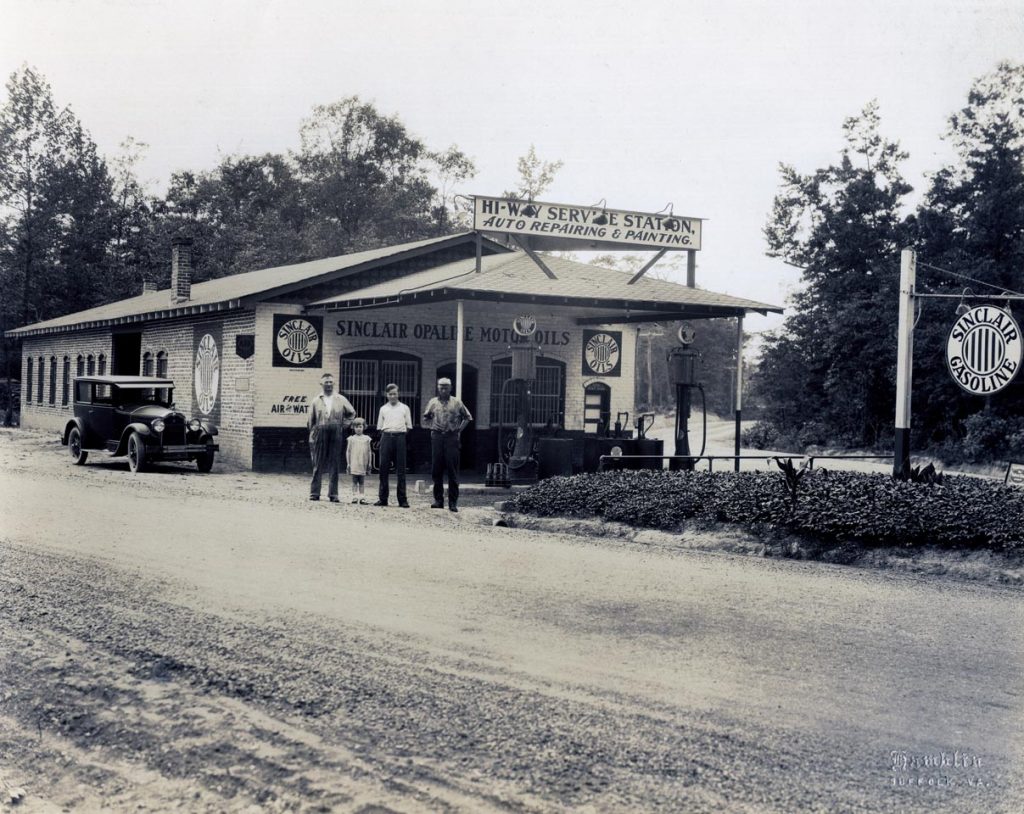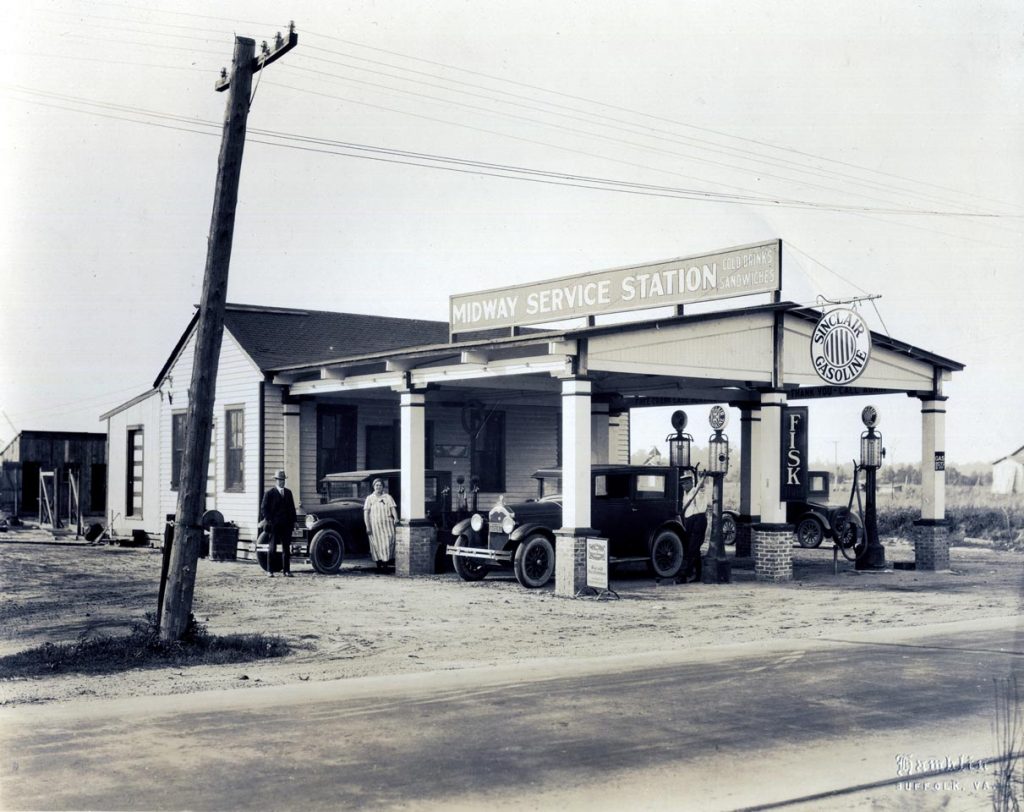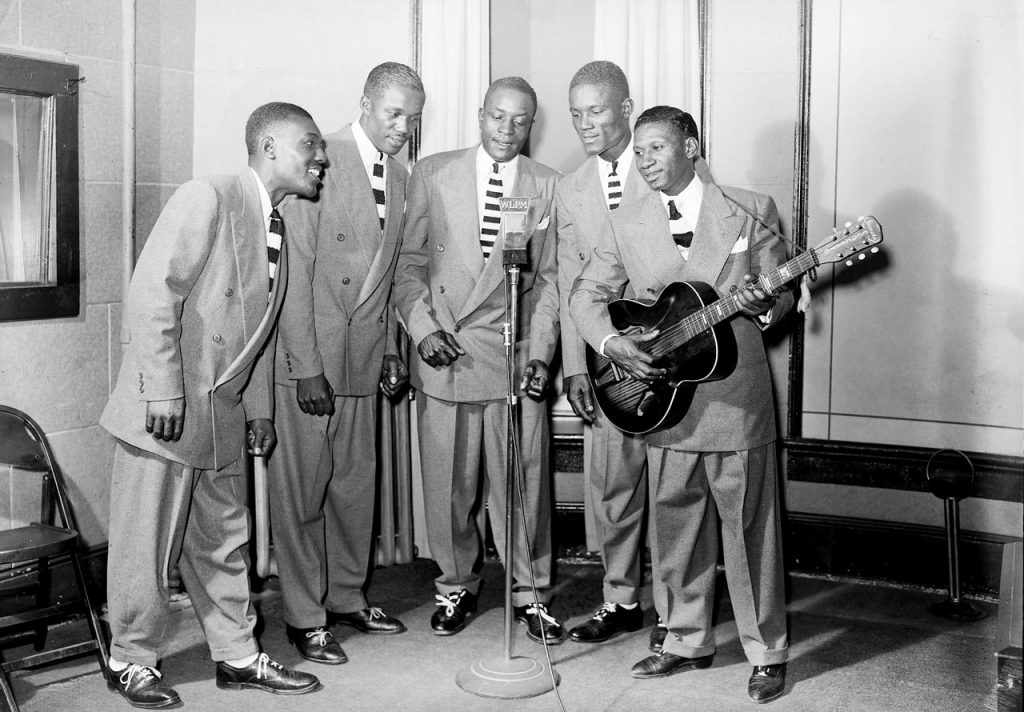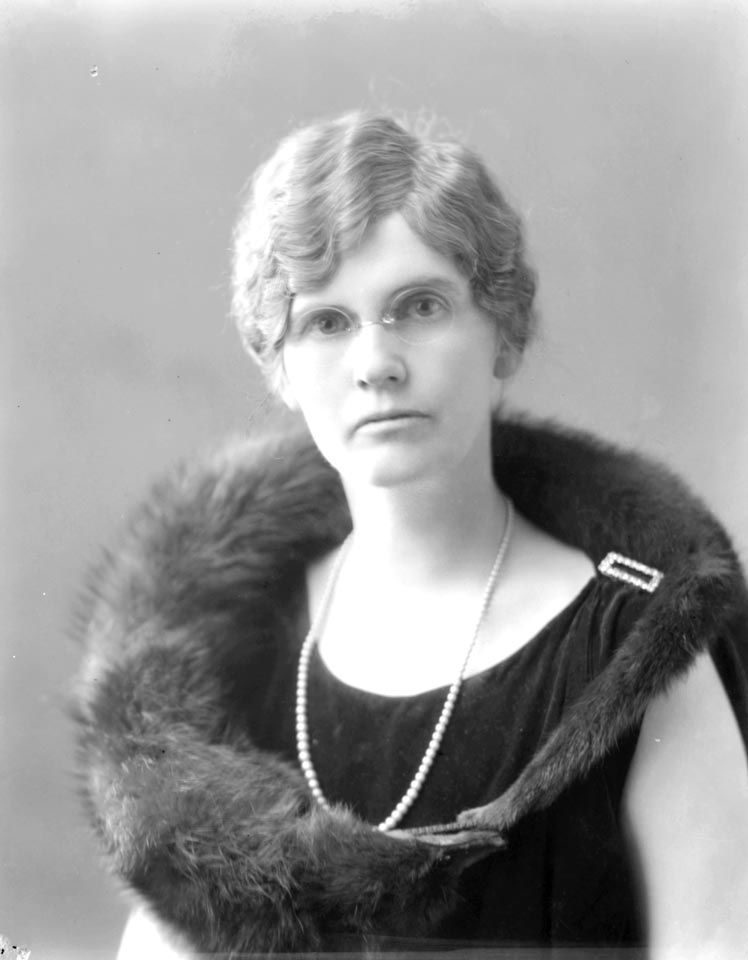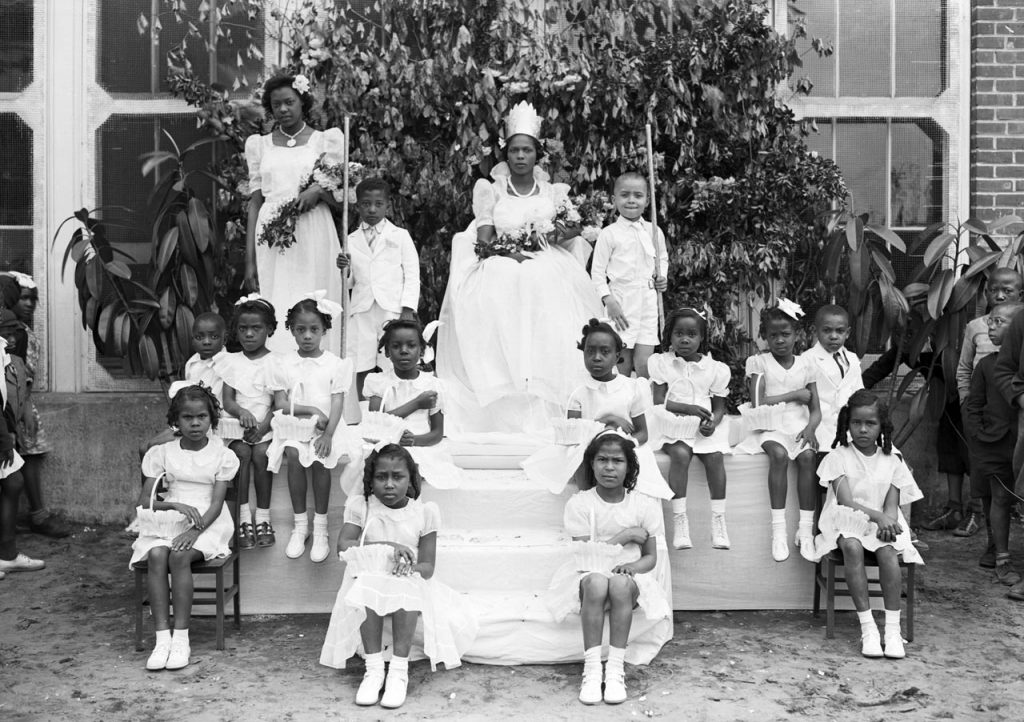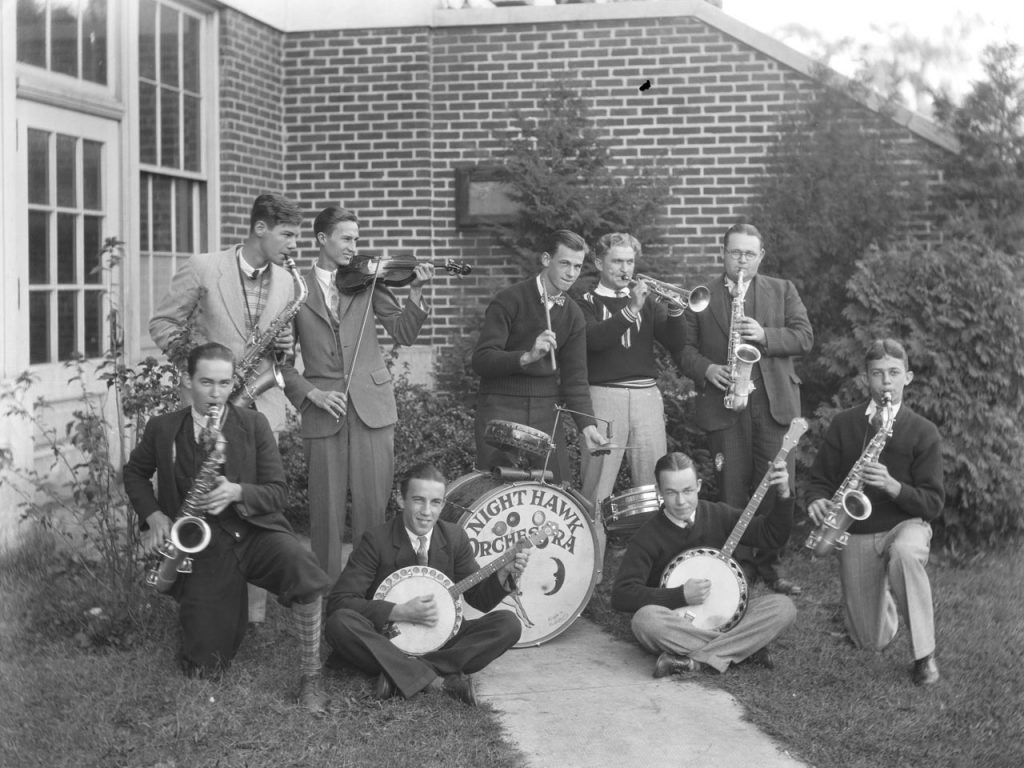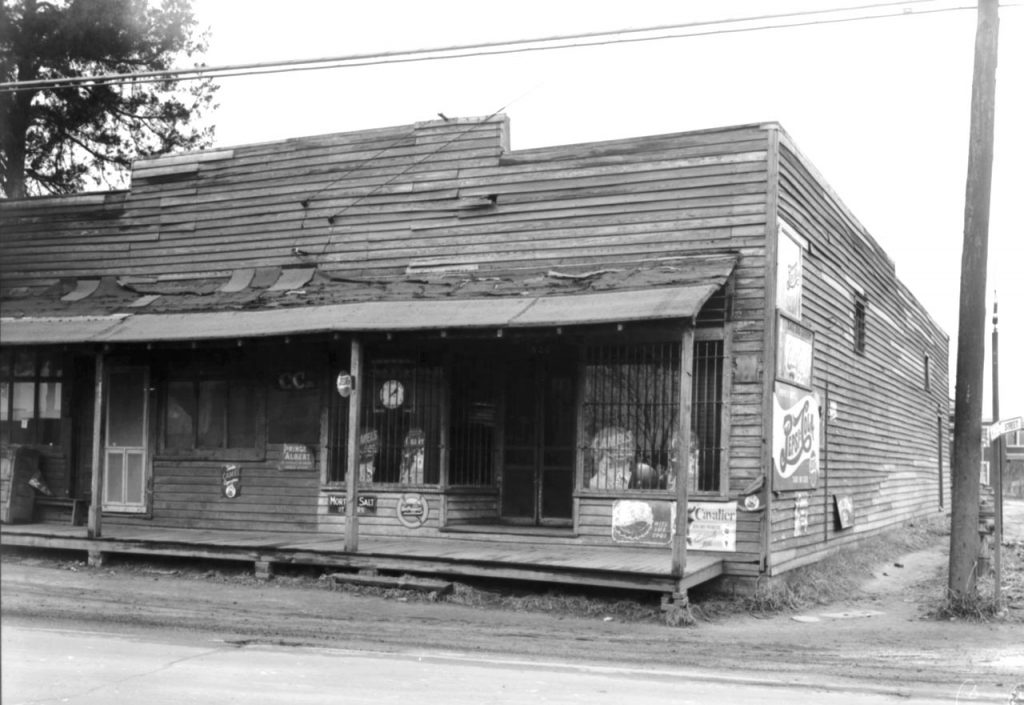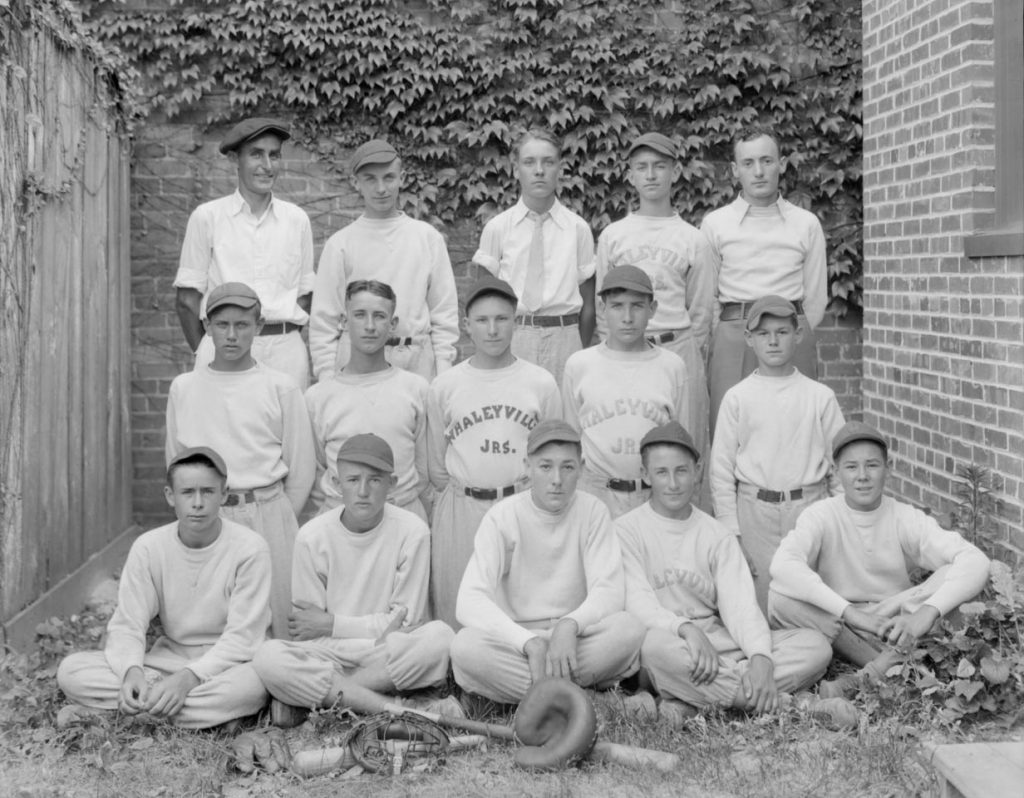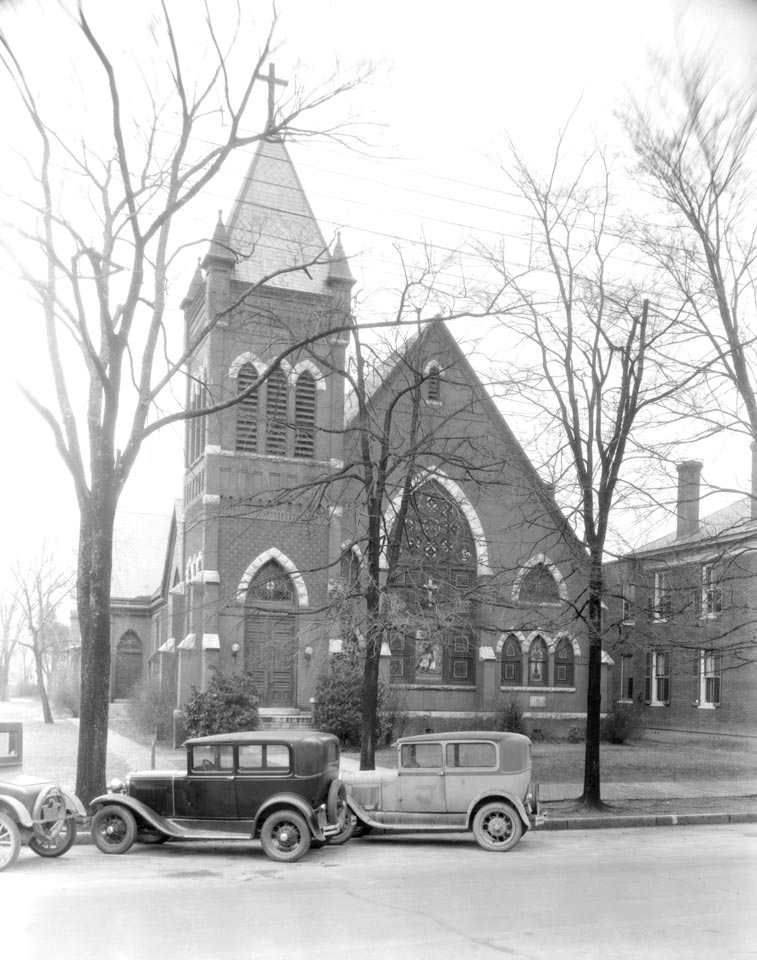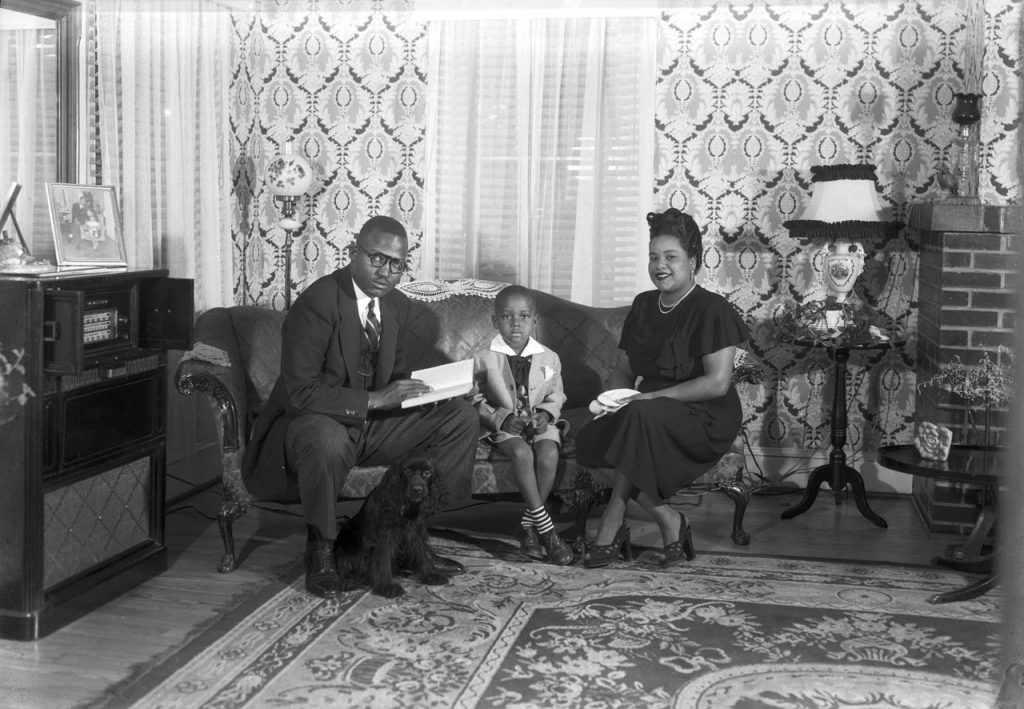WPA Historic Houses Drawings Collection
D1:003
c. 1932–1937
140 drawings in pen-and-ink, pencil, and watercolors, ranging in size from 25 x 35 cm to 40 x 45 cm
The WPA Historic Houses Drawings Collection includes 140 images of houses, courthouses, churches, mill houses, and taverns, representing 39 Virginia counties. In the early- to mid-1930s, the Virginia State Commission on Conservation and Development’s Division of History and Archaeology received funds from the Works Progress Administration’s (WPA) Federal Art Project to commission five artists to create drawings for a publication on historic Virginia shrines. Like other WPA-funded projects, the artists applied for work through local emergency relief offices before being assigned to the Federal Art Project. Several of the artists also contributed to other New Deal projects at the time, including stamp designs for the National Recovery Act and illustrations for the Index of American Design, a nationwide Federal Art Project.
Under the direction of Hamilton J. Eckenrode, the commission’s Division of History and Archaeology began making a record of historic buildings in Virginia in 1932. Field assistant (and artist) Rex M. Allyn took photographs of buildings while on assignment to the Division’s Historic Highway Marker project. From 1932 to 1937, Allyn and four other artists—Edward A. Darby, Dorothea A. Farrington, E. Neville Harnsberger, and Elsie J. Mistie—each created numerous pen-and-ink and pencil drawings from the photographs. In some cases, the artists were asked to make … Read the rest
WPA Historic Houses Drawings Collection Read More »


